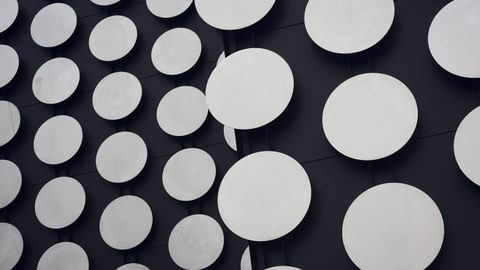We bring the audience and dance together by showcasing the diversity of dance art and culture. We want to make dance available to as many people as possible, increase interest in dance culture and strengthen the position and appreciation of dance. Learn more about us on this page.
Contact us
Customer service
Visiting address
Postal address
Full contact info
-
Mission
We promote, support and produce diverse dance art and dance culture. We connect audiences with dance and contribute to increasing its appreciation. Our versatile domestic and international programming brings new voices and topics into public discourse, gives space and visibility to a wide range of artists, and enhances cultural understanding and social inclusion.Vision
We are an active and respected organisation, a cultural trailblazer, an attractive partner, and accessible to diverse audiences. Our varied programme enriches the lives of an increasing number of people, and dance holds a strong and valued place in society. We connect domestic actors, international networks and audiences.What matters to us
Creativity. We support dance artists in bringing their diverse art and message to the fore. Our activities are marked by bold initiatives and surprising encounters.Openness. We value open dialogue and invite diverse audiences, artists and participants to engage with art.
Collaboration. Working and learning together increases our impact.
Development. We explore new approaches and embrace change with openness and flexibility.
Responsibility. Responsibility is embedded in all we do. We aim to minimise our negative impact and leave a positive mark on society by actively promoting, for example, diversity and community.
Strategic priorities
A compelling identity. We develop content and activities that offer new ways of engaging with dance and dance culture. We invest in communications and audience outreach. Dance House Helsinki becomes increasingly well known and attractive.Diverse and meaningful content. As a house for all dance, we deliver high-quality, wide-ranging domestic and international programming that broadens the visibility of dance art and culture and strengthens the plurality of voices in society. Our programme is both inspiring and impactful.
A strong and diverse funding base. We actively seek new funding sources, aiming also to increase public funding in order to fulfil our mission and support our partners’ work.
Dance House Helsinki’s strategy outlines who we are and who we aspire to be. Our strategy is updated as an ongoing process.
-
In line with our strategy, we incorporate responsibility into all our activities. We strive to minimise the negative impacts of our operations and reduce our environmental footprint. Dance House Helsinki has been awarded the EcoCompass environmental management certificate. By committing to the EcoCompass programme, we identify the environmental impacts of our operations and continuously develop them towards greater sustainability.
We are committed to the key areas of impact defined in our environmental programme:
Waste sorting
Procurement processes
Communication
This environmental commitment is updated as needed.
Architecture

Dance House Helsinki is Finland's first landmark designed in terms of dance. Designed by JKMM Architects and ILO Architects in collaboration with the Cable Factory, the Dance House Helsinki combines old and new. The building comprises more than 5,400 square metres dedicated to dance and provides a world-class setting for the performance and experience of dance and circus.
Premises

Dance House has two venues for organizing shows, a connecting Lobby, a Cellar and other foyer spaces and a rehersal studio. The venues of Dance House Helsinki are flexible and versatile.
Programme

Dance House Helsinki's programme consists of performances and events organized by various dance and cultural operators and Dance House Helsinki's own projects. At the heart of the programming is a long-term collaboration with selected programme partners.
Dance House Helsinki - step by step

A space devoted to dance is a dream that has dwelt in the hearts of dancers for decades. The thought was first voiced in the 1930s. The relentless work and joint effort of different operators and an extensive group of active participants made the birth of Dance House Helsinki possible. How did it all start, and what turns of events have occurred along the road? How did dance finally acquire its own place in Ruoholahti, Helsinki?
